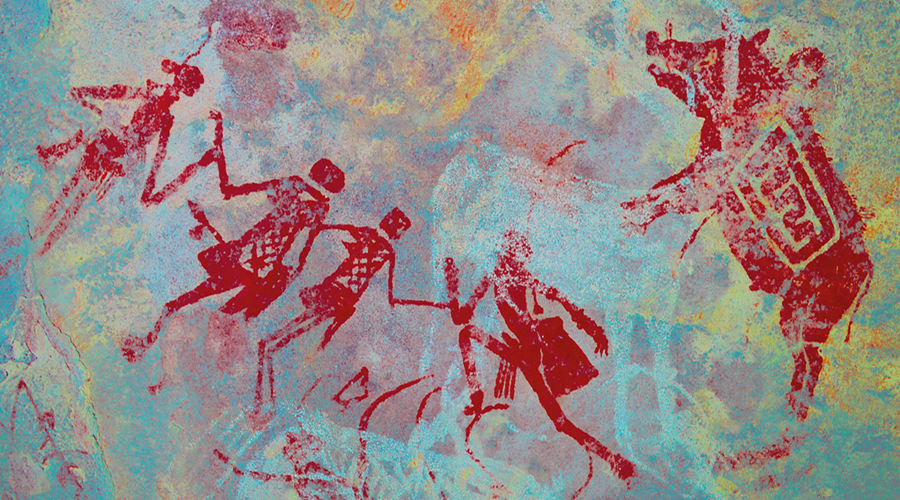



When and why our ancestors first adopted a fully bipedal lifestyle and lost features such as an opposable big toe and long ape-like arms remain a contentious issue. When were trees permanently abandoned for land?
The skull of a juvenile male 'Australopithecus sediba', found in a cave near Johannesburg and estimated to be between 1.78m and 1.95m years old, according to Joseph Milton of the Financial Times, could bridge the evolution gap.
Two well-preserved, 2m-year-old skeletons belonging to a previously unknown species of hominid have been unearthed from a cave in Malapa, South Africa.
The fossilised skeletons of an adult female and a juvenile male Australopithecus sediba were found in a cave in the "Cradle of Humankind" World Heritage Site near Johannesburg by Lee Berger, a palaeoanthropologist at the University of Witwatersrand. Tests estimated the specimens at between 1.78m and 1.95m years old.
Although the newly discovered skeletons are incomplete, the bones are arranged almost as they would have been in life, and the material is so well preserved scientists will be able to investigate the ageing process and disease.
The new species displays a mixture of ape-like and human-like features. It has arms as long as an orangutan's, but short powerful hands, an advanced pelvis and long legs like a human, which would have enabled bipedal walking and possibly even running.
At 1.3 metres they were taller than the famous 3m-year-old hominid ‘Lucy’ found in 1974, but with very small heads relative to modern humans. Their brains were similar in size to Australopithecines, but with a shape more like that of Homo - which gave rise to modern humans.
by Bradshaw Foundation
Tuesday 21 March 2023
by Bradshaw Foundation
Tuesday 07 February 2023
by Bradshaw Foundation
Thursday 19 May 2022
by Bradshaw Foundation
Tuesday 19 October 2021
by Bradshaw Foundation
Friday 25 June 2021
by Bradshaw Foundation
Monday 09 November 2020
by Bradshaw Foundation
Tuesday 03 November 2020
by Bradshaw Foundation
Wednesday 28 October 2020
by Bradshaw Foundation
Tuesday 23 June 2020
by Bradshaw Foundation
Thursday 04 June 2020
by Bradshaw Foundation
Thursday 14 May 2020
by Bradshaw Foundation
Tuesday 12 May 2020
by Bradshaw Foundation
Wednesday 19 February 2020
by Bradshaw Foundation
Tuesday 21 January 2020
by Bradshaw Foundation
Monday 20 January 2020
by Bradshaw Foundation
Thursday 28 November 2019
by Bradshaw Foundation
Tuesday 21 March 2023
by Bradshaw Foundation
Tuesday 07 February 2023
by Bradshaw Foundation
Thursday 19 May 2022
by Bradshaw Foundation
Tuesday 19 October 2021
by Bradshaw Foundation
Friday 25 June 2021
by Bradshaw Foundation
Monday 09 November 2020
by Bradshaw Foundation
Tuesday 03 November 2020
by Bradshaw Foundation
Wednesday 28 October 2020
by Bradshaw Foundation
Tuesday 23 June 2020
by Bradshaw Foundation
Thursday 04 June 2020
by Bradshaw Foundation
Thursday 14 May 2020
by Bradshaw Foundation
Tuesday 12 May 2020
by Bradshaw Foundation
Wednesday 19 February 2020
by Bradshaw Foundation
Tuesday 21 January 2020
by Bradshaw Foundation
Monday 20 January 2020
by Bradshaw Foundation
Thursday 28 November 2019
Friend of the Foundation











